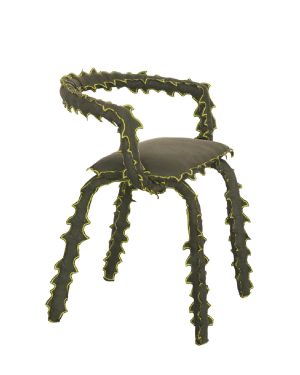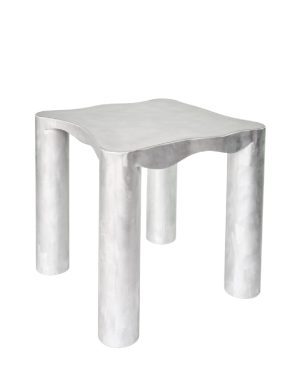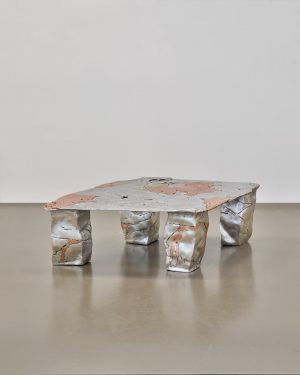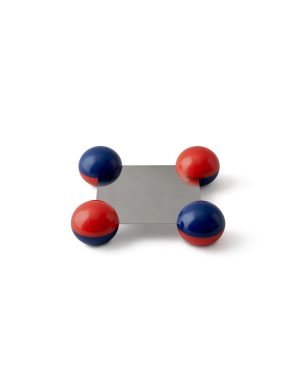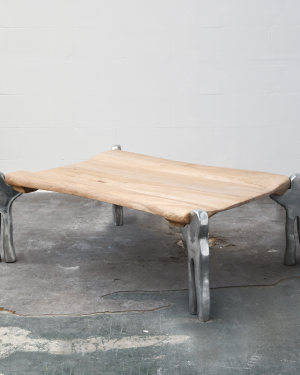-

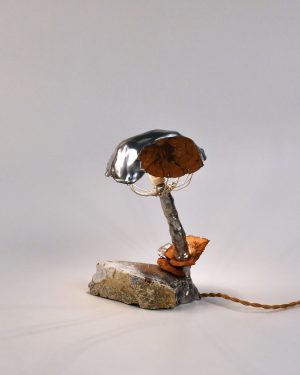 Sold
SoldMushroom Lamp No. 1
-

 In stock
In stockThe Vessel
€3.200 -

 In stock
In stockShy Lamp
€3.800 -

 In stock
In stockThe Disco Dancer Lamp
€1.300 -

 In stock
In stockImprint Red & Purple
€6.000 -

 In stock
In stockGreen Lovers Floor Lamp
€2.100 -

 In stock
In stockPractice Room Divider – Upcycled Wood
€2.800 -

 In stock
In stockThe Black Sheep Coffee Table
€2.600 -


Splitted Dining Chair
€1.571 -

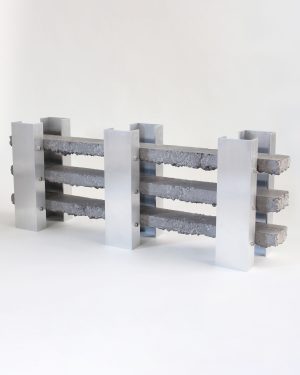
Junction Low Table & Shelves
€1.399 -

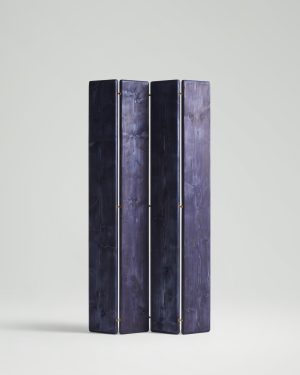
Timber – Pine Wood Room Divider
€1.570 -

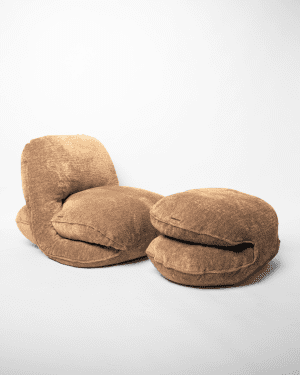
Ida – Comfy Pouf
€703 -

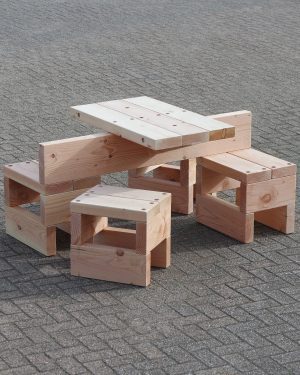
Timber Picnic Table
€4.500 -

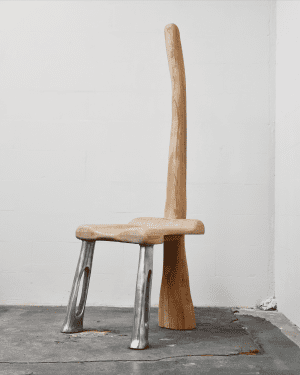 In stock
In stockTpf Series (the Parasitic Factors) _no.01
€4.800 -

 In stock
In stockGrandmother Couch
€11.000 -

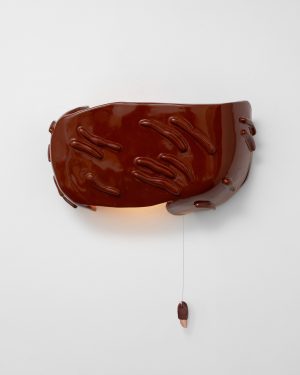 In stock
In stockKilling The Mood Wall Sconce
€1.800 -

 In stock
In stockOrganic Side Table
€4.000 -

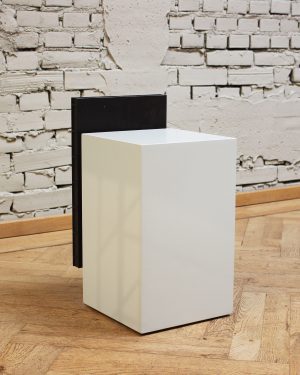 In stock
In stockBuild Stool
€1.299 -

 In stock
In stockImprint Purple & Blue
€6.000 -

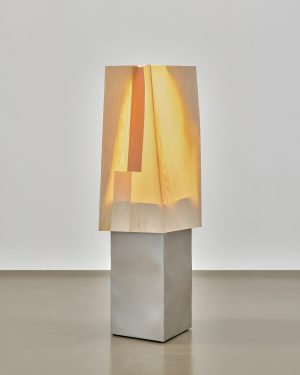 In stock
In stockSoft Ply Series Floor Lamp – Steel / Ash Wood
Price Upon Request -

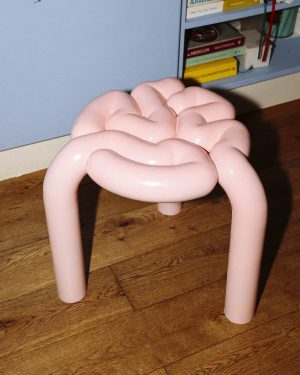
Noodle Stool – ABS Plastic
€680 -

 In stock
In stockImprint Seal Brown
€4.600 -

 In stock
In stock“Juno” Rug
€7.240 -

 In stock
In stockThe Cabinet In Love
€4.600 -

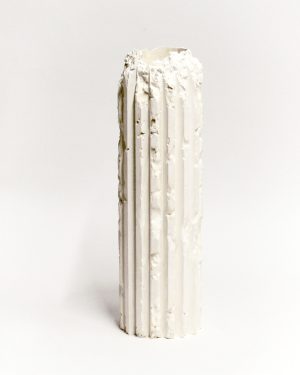
Cornice Vessel -rib 16x, Thin, Tall, Ivory White
€555 -

 In stock
In stockPlaygrounds Can Age Too – Steel Spring Rider Day Bed
-

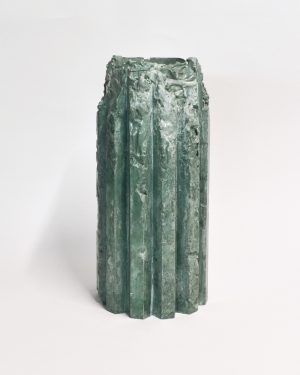
Cornice Vessel -rib 12x, Sturdy, Tall, Gray Mint
€793 -

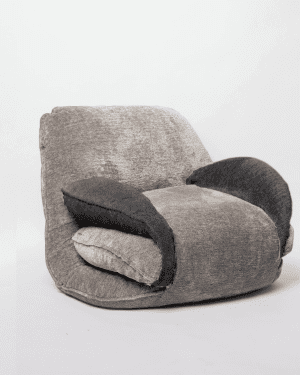
Ida – Comfy Armrest
€141 -

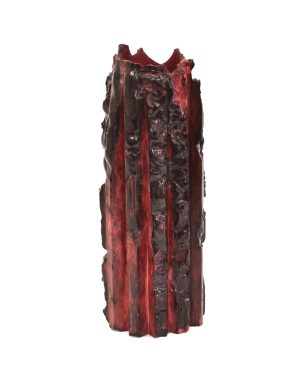
Cornice Vessel -rib 12x, Thin, Burgundy
€516 -

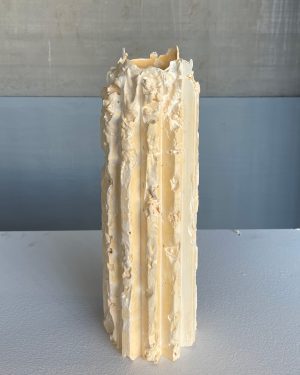
Cornice Vessel -rib 12x, Thin, Tall, Pale Orange
€555 -

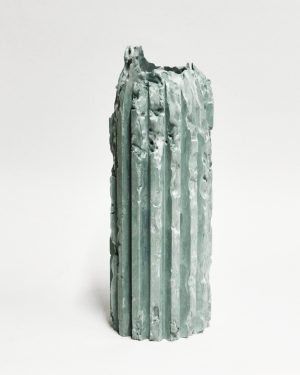
Cornice Vessel -rib 16x, Thin, Gray Mint
€516 -


Cornice Vessel -rib 12x, Sturdy, Pitch Black
€734 -

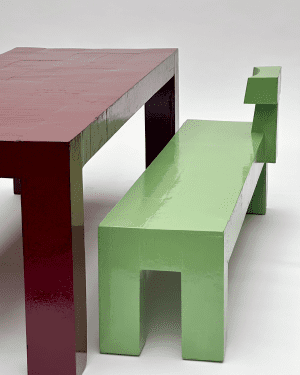
Practice Bench – Upcycled Wood
€3.300 -


Practice Dining Table 200
€6.198 -

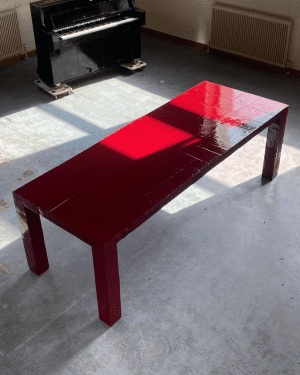
Practice Dining Table 240
€7.025
Filters
Category
Accessories
Decor
Bookends
Books
Cushions & Throws
Mirrors
Planters
Rugs
Sculpture & Objet
Speakers
Vases
Wall Decoration
Tableware
Bowls
Candleholders
Coasters
Containers
Cups & Glasses
Cutlery
Plates
Pots & Pitchers
Tablecloths
Trays
Wearables
Bags
Bracelets
Cuff Links
Earrings
Hair Clips
Necklaces
Rings
Scarfs
Furniture
Beds & Daybeds
Seating
Benches
Chairs
Sofas
Stools
Storage
Cabinets
Credenzas
Drawers
Hooks & Coat Stands
Magazine Holders
Organizers
Room Dividers
Shelves
Sideboards
Tables
Coffee Tables
Console Tables
Desks
Dining Tables
Side Tables
Lighting
Lamps
Ceiling Lamps
Floor Lamps
Table Lamps
Wall Lamps
Price Range (€)
0-500
500-1000
1000-2000
2000-5000
5000 and above
Availability
In stock
Made to order
Ways to buy
Free shipping
On sale
Featured
Materials
Ceramics
Brick
Clay
Earthenware
Glazes
Porcelain
Stoneware
Terrazzo
Concrete
Concrete Composite
Fiber-cement
Glass
Blown Glass
Borosilicate Glass
Mirrorglass
Murano Glass
Metals
Aluminum
Brass
Bronze
Copper
Gold
Iron
Silver
Steel
Zinc
Paper
Cardboard
Hahnemühle Paper
Paper Cord
Paper Pulp
Washi Paper
Plastics
Acrylic
Bio Plastic
Epoxy
Jesmonite
PCR LDPE Plastic
Polypropylene
Polystyrene
Polyurethane
Pvc
Recycled Plastic
Silicone
Water-based Acrylic Polymer
Stone
Azul Macaúbas Stone
Calcite
Cantera Stone
Granite
Lava Stone
Limestone
Marble
Natural Stone
Sand
Soapstone
Travertine
Volcanic Stone
Textiles
Cotton
Natural Fibers
Silk
Wool
Synthetic Fibers
Wood
Alder Wood
Ash Wood
Bamboo Wood
Beech Wood
Birch Wood
Cedar Wood
Cherry Wood
Chestnut Wood
Cork
Huanacaxtle Wood
Ipe Wood
Linden Wood
Mahogany Wood
Maple Wood
MDF
Needle Wood
Oak Wood
Parota Wood
Peroba Wood
Pine Wood
Plywood
Poplar Wood
Rosa Morada Wood
Rose Wood
Sycamore Wood
Teak Wood
Tornillo Wood
Tulip Wood
Tzalam Wood
Walnut Wood
Wenge Wood
Wicker
Zapotillo Wood
Biomaterials
Beeswax
Eggshells
Fur
Leather
Natural Wax
Plant-based Materials
Semi-precious Stone
Amethyst
Crystal
Lapis Lazuli
Onyx
Citrine
Tourmaline
Design Class
Limited Editions
Open Editions
Unique Pieces


